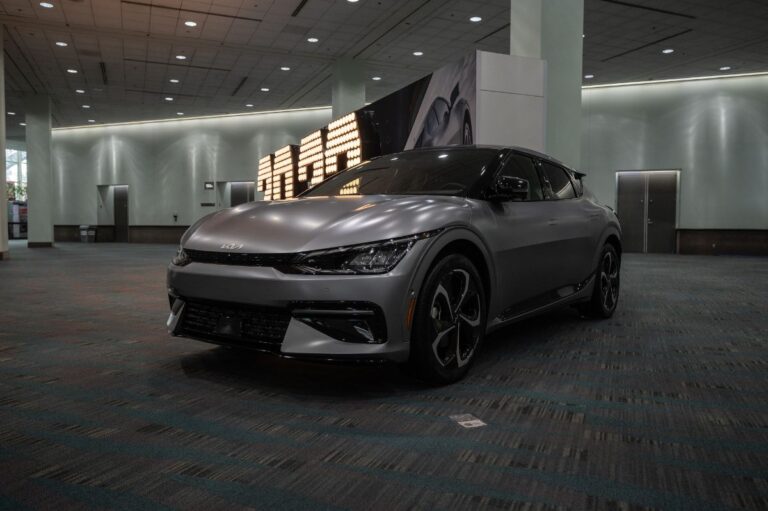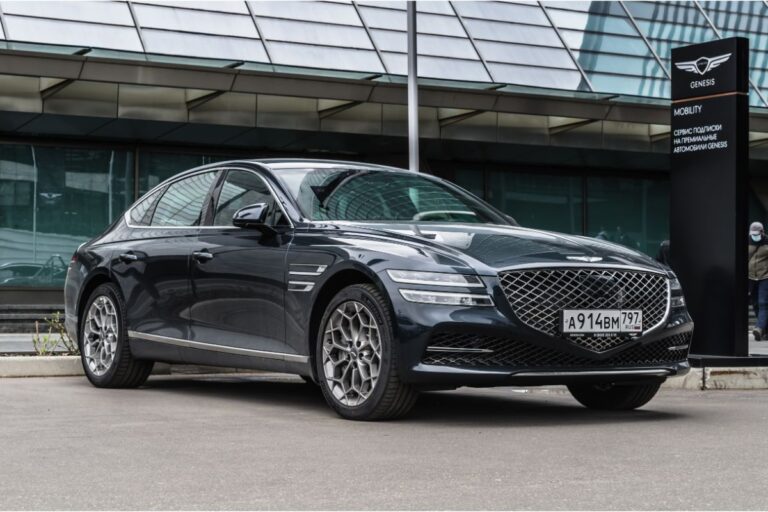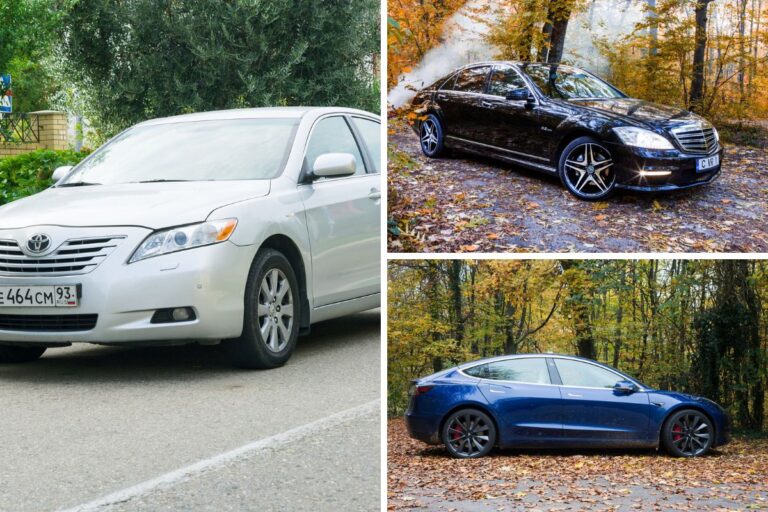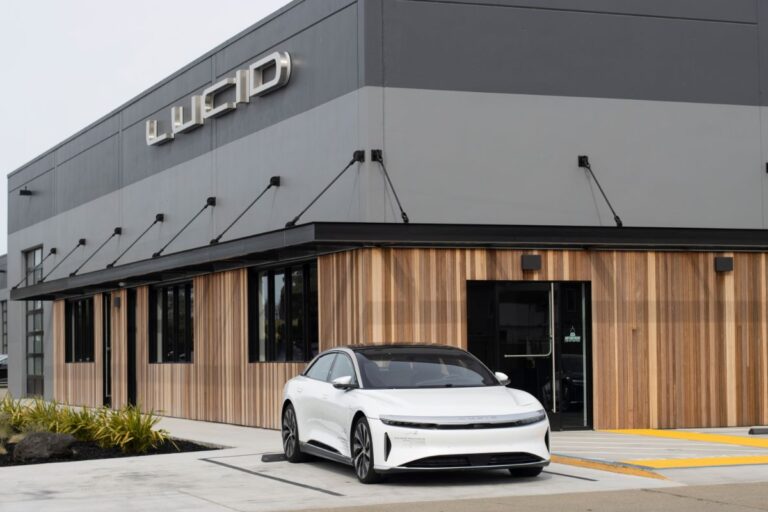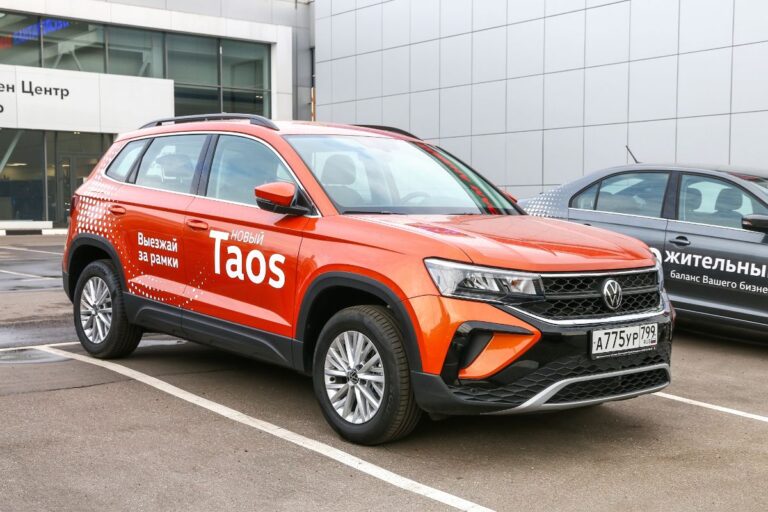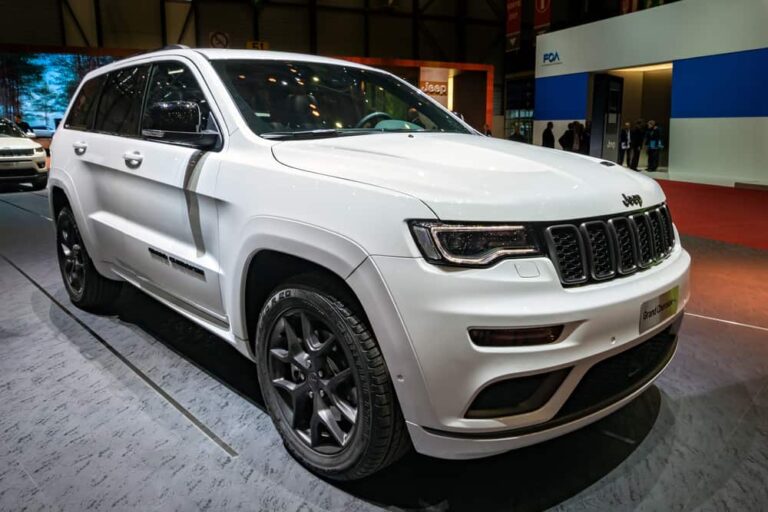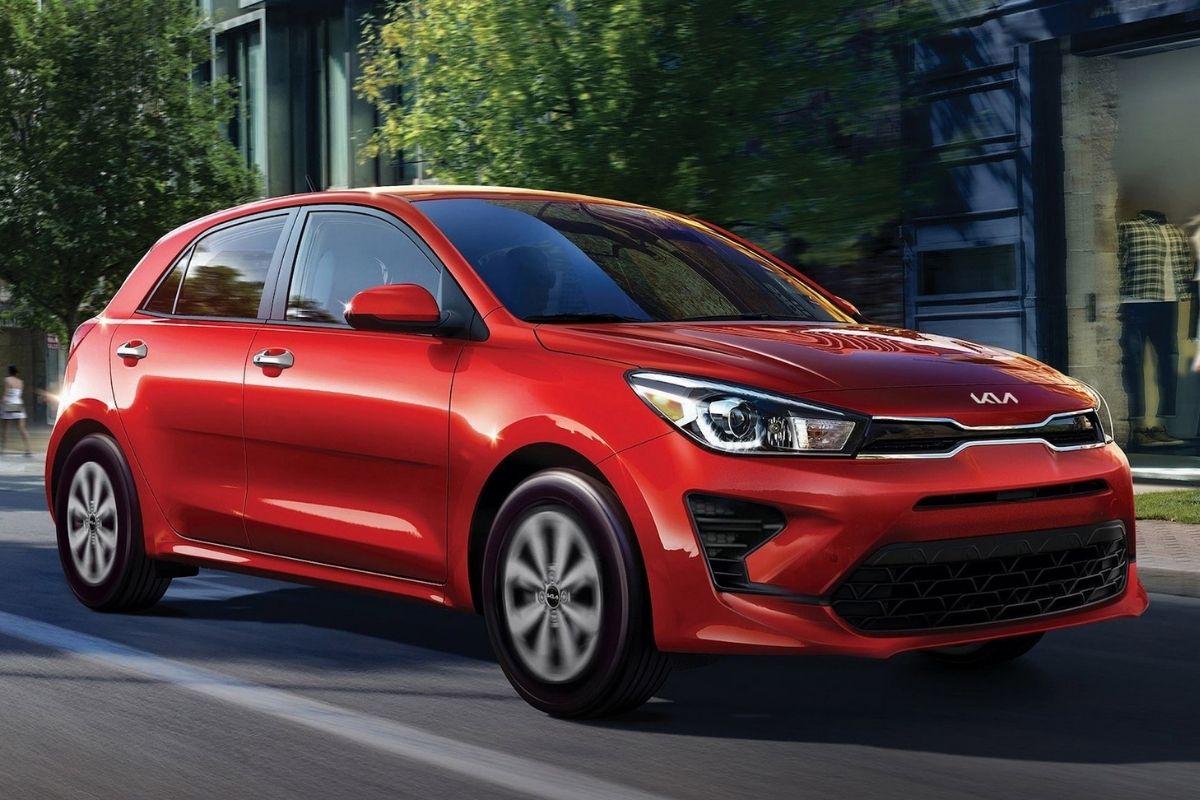
The Kia Rio offers a sophisticated driving experience as well as a solid array of standard features. This is a great car that comes at an affordable price point, making it an excellent value. The Kia Rio is an example of inexpensive and uncomplicated transportation at its finest.
This subcompact offers good value for the money because it is frugal when it comes to fuel and it is not overly expensive, but it does come with a surprising amount of driving sophistication and features for the price.
There is a choice between a hatchback and a sedan, but neither of these body styles offers a great deal of space in the back seats or the trunk. Apple CarPlay and Android Auto are included as standard features, while several driver assistance features can be purchased as add-ons.
The Kia Rio continues to be one of the best performers in this category and is a significant improvement over the antiquated 1.4-litre engine that the rest of the Rio range is equipped with.
However, there are many other cars on the market that compete with the current Kia Rio, including the following 12 vehicles.
1. Citroen C3
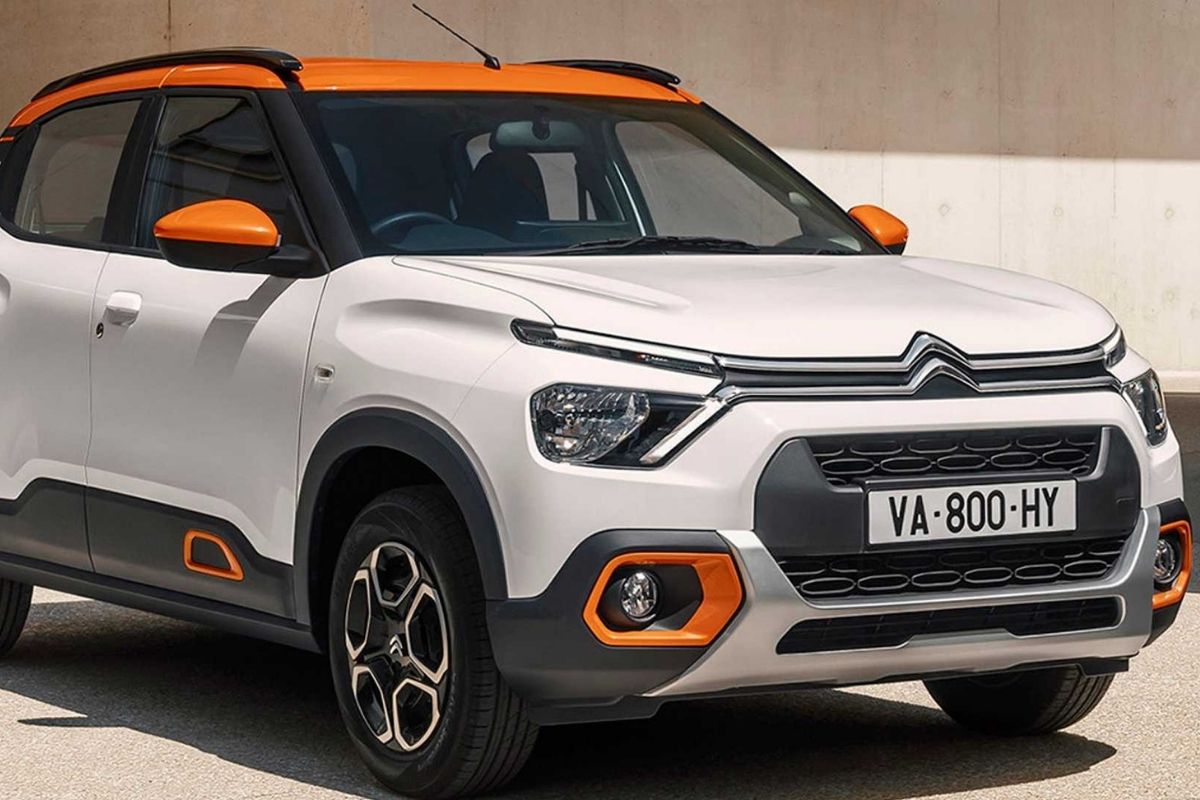
The Citroen C3 is a small hatchback similar to the Kia Rio, Mazda 2, or even the Suzuki Swift; nevertheless, it is distinct from those vehicles, which is probably what you’re here for today. The C3 is unique, not in the sense of its scientific or mechanical advancements, but in its stylistic aspects. The Mini Hatch is a premium and stylish take on the whole tiny-car thing from the French perspective.
It’s not a terrible option for a car for someone who lives in a city because of its small size, which makes it easy to park, its large windows, which provide clear visibility, and its air bump armor, which protects its doors. Technological features such as Apple CarPlay and Android Auto will help you keep your hands off your mobile.
The little Citroen stands out from the crowd of “samey” hatchbacks on the market thanks to its distinctive appearance. If only the C3 had a driving experience to match its good looks. If you could get used to this aspect of the vehicle’s personality, you’ll find that there’s a lot to like about it, including those seats.
The driving experience could be nicer though. However, at a manufacturer’s suggested retail price (MSRP) of $23,990 before on-roads fees, it is beginning to look quite appealing.
The fuel consumption placard on the Rio reads 5.4 liters of gasoline per 100 kilometers, which is 0.4 liters less than the pre-update version of the car. The C3 is equipped with a three-cylinder, 1.2-litre, turbo-petrol engine that generates 81kW/205Nm, and gears are shifted automatically by a six-speed automatic gearbox.
2. Ford Fiesta
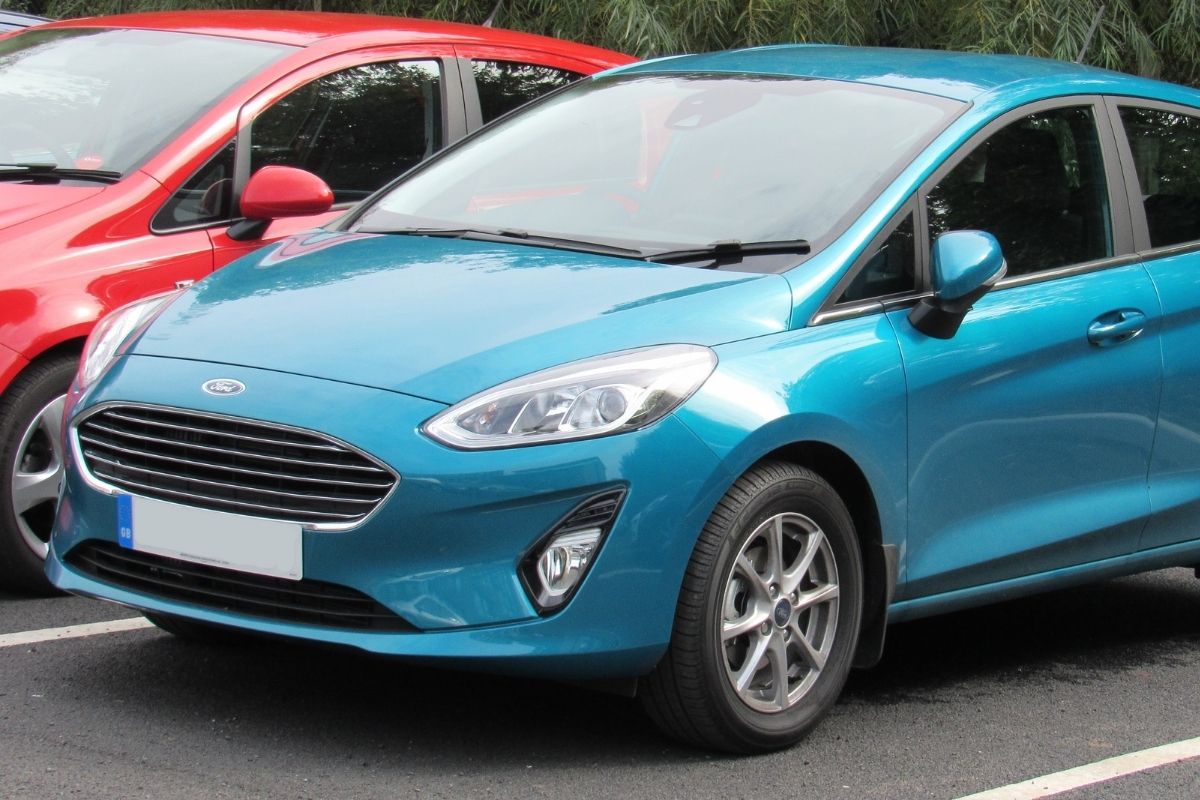
The Fiesta ST is not only fun to drive, but it also has all of today’s current communication and technology things in stylish and elegant packaging at a price that is not ridiculous. The fact that it can only be driven manually will, unfortunately, reduce its appeal to serious enthusiasts.
It’s combative without going to extremes; and there is a degree of subtlety to it, which is something that ought to be commended.
You may want to purchase this vehicle because of the larger Focus’s 1.5-litre three-cylinder turbo engine. This diminutive powerhouse generates a whopping 147 kW and 290 Nm of torque, and it has a lot of features to boot. A great deal packed into such a compact form.
Only a six-speed manual transmission is available for the Fiesta ST, which has proven to be both quick and gentle even when driving in congested areas. Because it does not have a magnetic clutch or anything else that is overly harsh, driving the ST in urban environments, which are frequently punctuated by stops and starts, is going to be an unpleasant experience.
The manufacturer’s initial claim of 6.4 liters per hundred kilometers on the combined cycle appears to be quite ambitious, and we weren’t even able to come close to achieving it. The age of “drive away” prices of “$14,990” or less appears to be a thing of the past too, as most base models of compact hatchbacks are now close to or beyond $20,000 in price.
3. Ford Focus
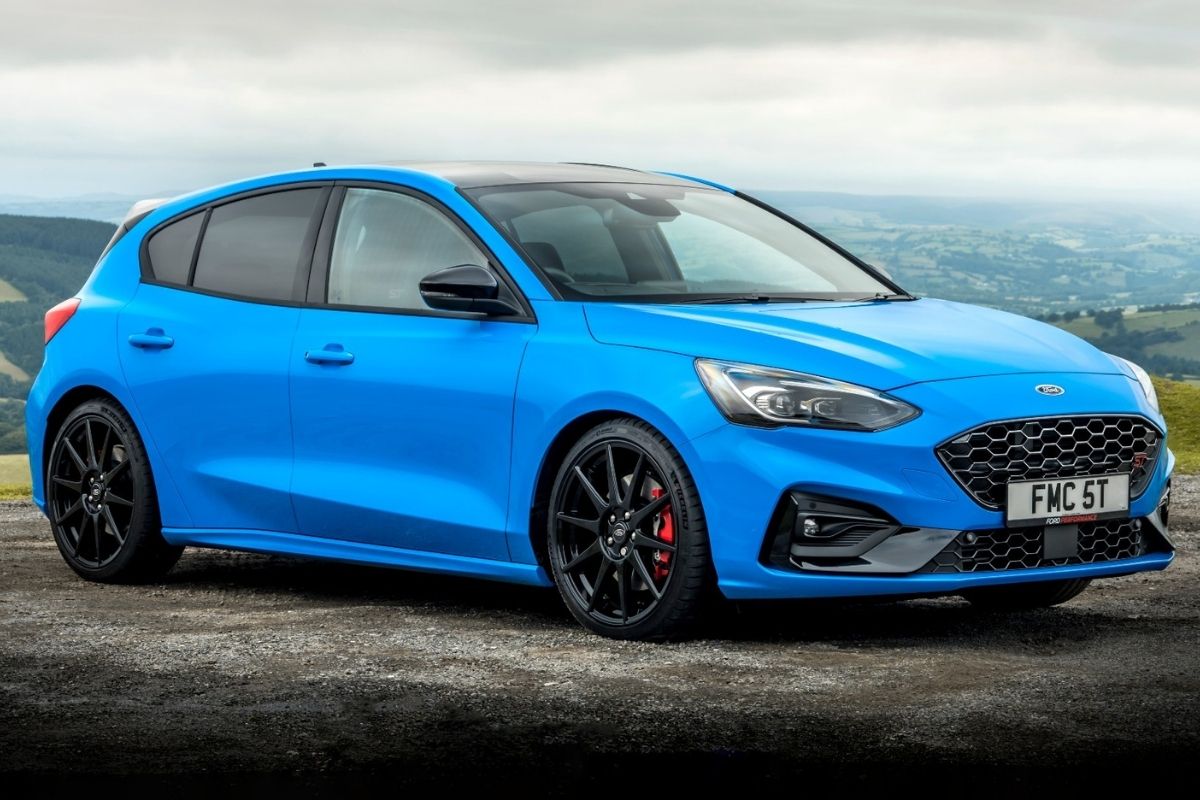
When compared to other vehicles in its class, the Focus has a lot of cargo space. The back seat has ample room for both legs and head, and the impression of space is heightened by the presence of large windows.
Unfortunately, despite all of the effort that was put into making the back of the vehicle a pleasant place to be, it does not have any amenities such as cupholders, USB ports, or an armrest, which is very annoying.
The Ford Focus was criticized for having what some people considered to be unoriginal styling, which is surprising given that it is a relatively conventional hatchback. The Focus, a small hatchback produced by Ford, is grossly undersold in the Australian market.
The most recent model is easily one of the best hatchbacks currently on the market, and when you take into account its competitive price, impressive equipment, and ridiculously potent engine in relation to its size, you have a clear winner. However, the Focus Active has a price tag of $30,990 attached to it.
It achieves a combined cycle fuel efficiency of 6.4 liters per one hundred kilometers with its engine cycle. If you can reach the official figure of 800 kilometers with its 552-liter tank, you will travel just over 700 kilometers on average.
4. Hyundai i20

The Hyundai i20 is a supermini that has long held a good name for being functional as well as sensible. It positions itself as an option for other vehicles including the Volkswagen Sports car, the Kia Rio, as well as the Ford Fiesta.
Even though it has a stiff ride quality over bumps and only comes with one engine option, the Hyundai i20 is still an extremely sensible and practical automobile. The price range begins at $19000 and goes up to approximately $23000.
The Hyundai i20 currently offers only one powertrain option, and that option is a 1.0-liter, gas engine with three cylinders and 48-volt mild-hybrid technology to help reduce fuel consumption. This engine has a horsepower output of 100 and is mated as a benchmark to a manual transmission with six speeds.
However, a seven-speed dual-clutch transmission is available as an upgrade.
The i20 N hot hatchback is the only option for those who are serious about their performance. Its 1.6-litre gasoline engine generates 204 horsepower and 275 Nm of torque, which is sufficient for a 0 to 62 miles per hour time of 6.2 seconds and a maximum speed of 143 miles per hour.
The acceleration while in gear is impressive as well, with a pulse of power coming from the turbocharger that pulls you back into your seat at roughly 3,500 revolutions per minute.
5. Holden Astra
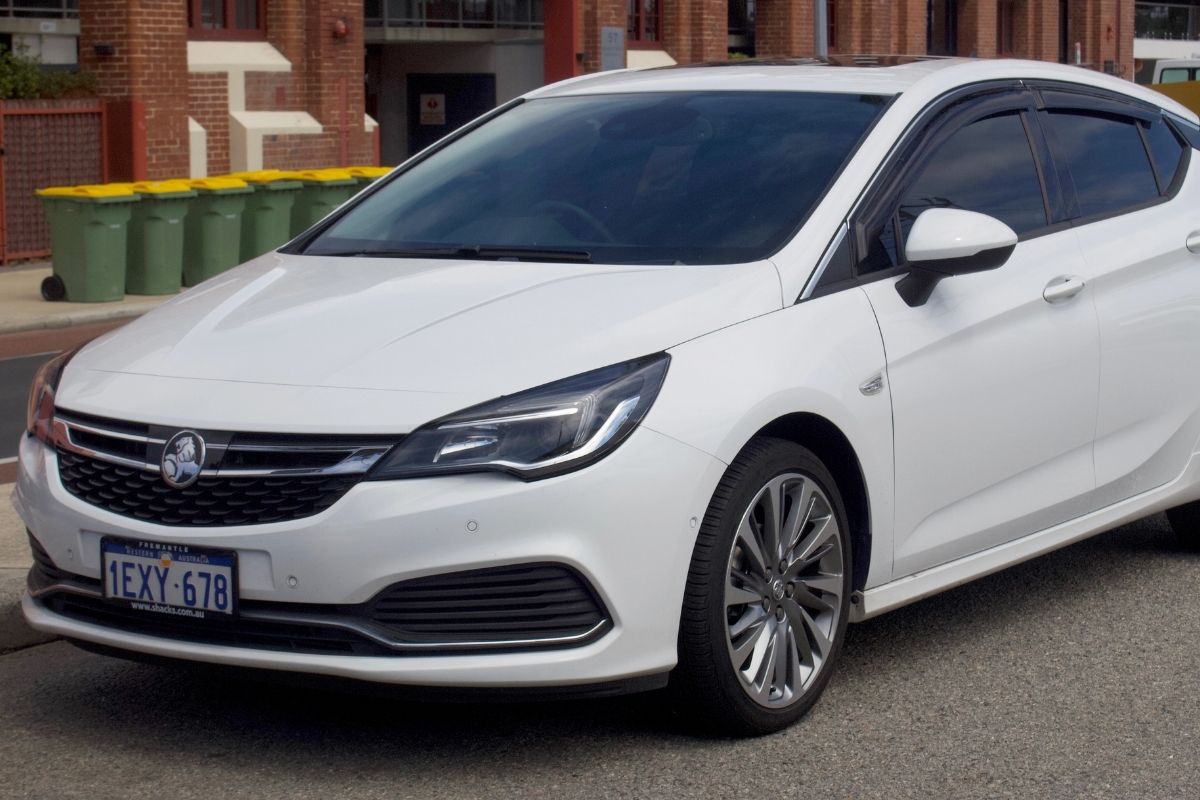
The hatchback version of the Astra is one thing, but the sedan is something quite else, and it’s meant to appeal to a different demographic, possibly one that’s more experienced. At a manufacturer’s suggested retail price (MSRP) of $23,990 before on-roads fees, it is actually beginning to look quite appealing.
As for the optimal points within each range, consider the following: The LS+ is the best option for a sedan because it provides a high level of standard safety features while remaining reasonably priced. Because it comes standard with the more powerful 1.6-litre engine, innovative safety gear, and several of the functionalities found on the top-spec RS-V, which costs $4500 more, the RS is the best choice in the hatchback lineup.
In either case, the sedan might be the better option for you due to the fact that it has a more comfortable ride, additional legroom in the back, and a larger trunk. The hatchback is clearly the more attractive of the two vehicles.
Additionally, both the interior and exterior exude an air of sophistication and class. Although it has a more powerful engine as well as easy handling, the hatchback ride is not as comfy as that of the sedan.
6. Holden Barina

If you’re interested in purchasing a car that’s comparable to the Kia Rio but want something different, the Holden Barina is a great option. This has existed for a considerable amount of time however, the most recent iteration of this automobile is truly remarkable.
This vehicle is still considered to be one of the roomier modern cars. It’s also one of the cars with the most competitive prices. Because of the elevated roofline, the automobile’s cabin provides a generous amount of interior space.
This automobile has a fuel economy of 7.2 liters of fuel for every 100 kilometers driven and generates 74 kW and 172 N. Despite its diminutive dimensions, the model has consistently preserved the impression of having a generous amount of space, which is counterintuitive when viewed from the outside.
However, despite having a taller body than other hatchbacks on the market, the driver’s seat still manages to provide a surprising level of comfort. This is also an option that is generally more affordable, with prices ranging from $15000 to $17000.
7. Kia Cerato
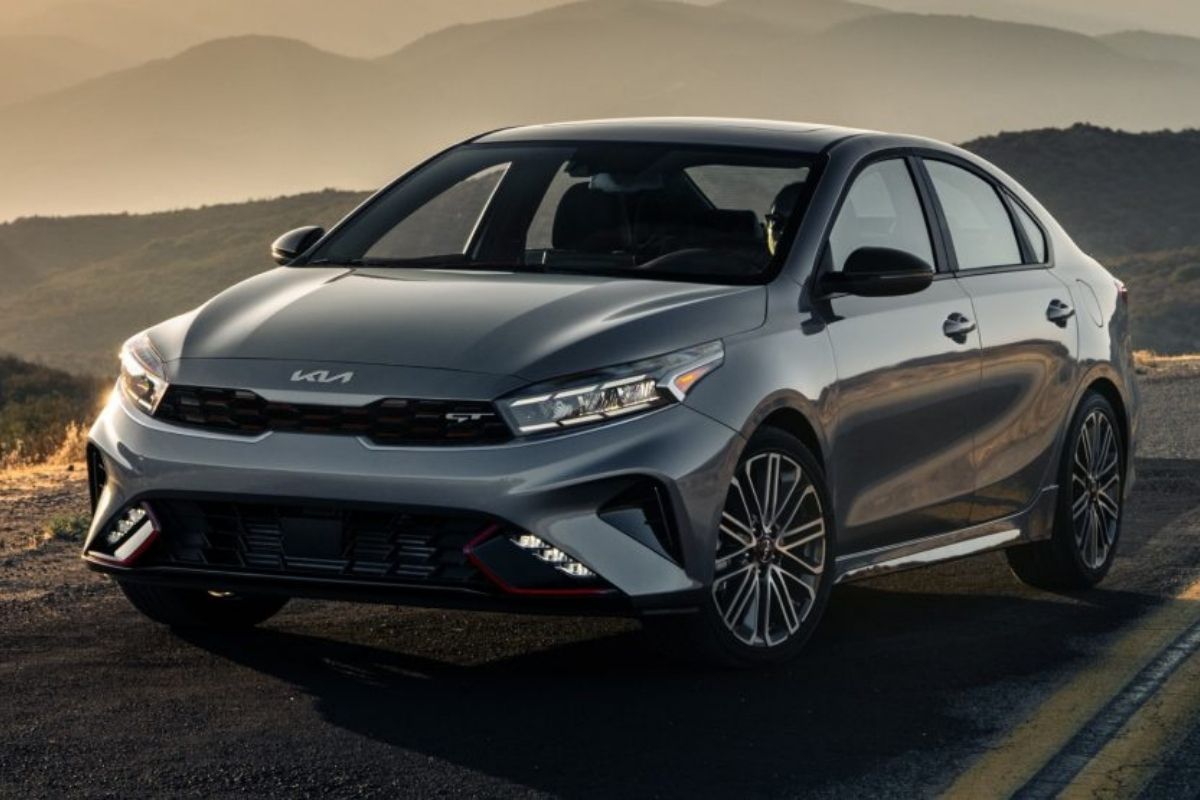
The Cerato, which is also manufactured by Kia, is yet another fantastic alternative to the Kia Rio. As part of this upgrade, Kia made a few minor adjustments to the Cerato, in addition to one significant modification.
The Kia Cerato is the first model to showcase the company’s new logo, which features a stylized “KIA” in place of the earlier lettering that was contained within an oval. Even though it may not seem like much, it makes a significant impact both in front of and behind the Cerato.
This new logo is being introduced by the company all over the world as part of an effort to revitalize the brand’s image as the company is moving further into the public consciousness. In addition to this, it comes at a time when Kia is working toward making itself a more modern brand by adding a variety of electric vehicles to its lineup in the upcoming months and years.
Because of this change, however, prices across the board have skyrocketed, and the base price of a new Cerato is now $3800 more than it was for the model it replaced. This is because Kia Australia decided to discontinue the more affordable variants that came with manual transmissions.
A gasoline engine with four cylinders and 2.0 liters of displacement is standard in the S, Sport, and Sport+ trim levels. This engine generates 112 kW of power and 192 Nm of torque, and this power is transmitted to the front wheels.
8. Mazda3
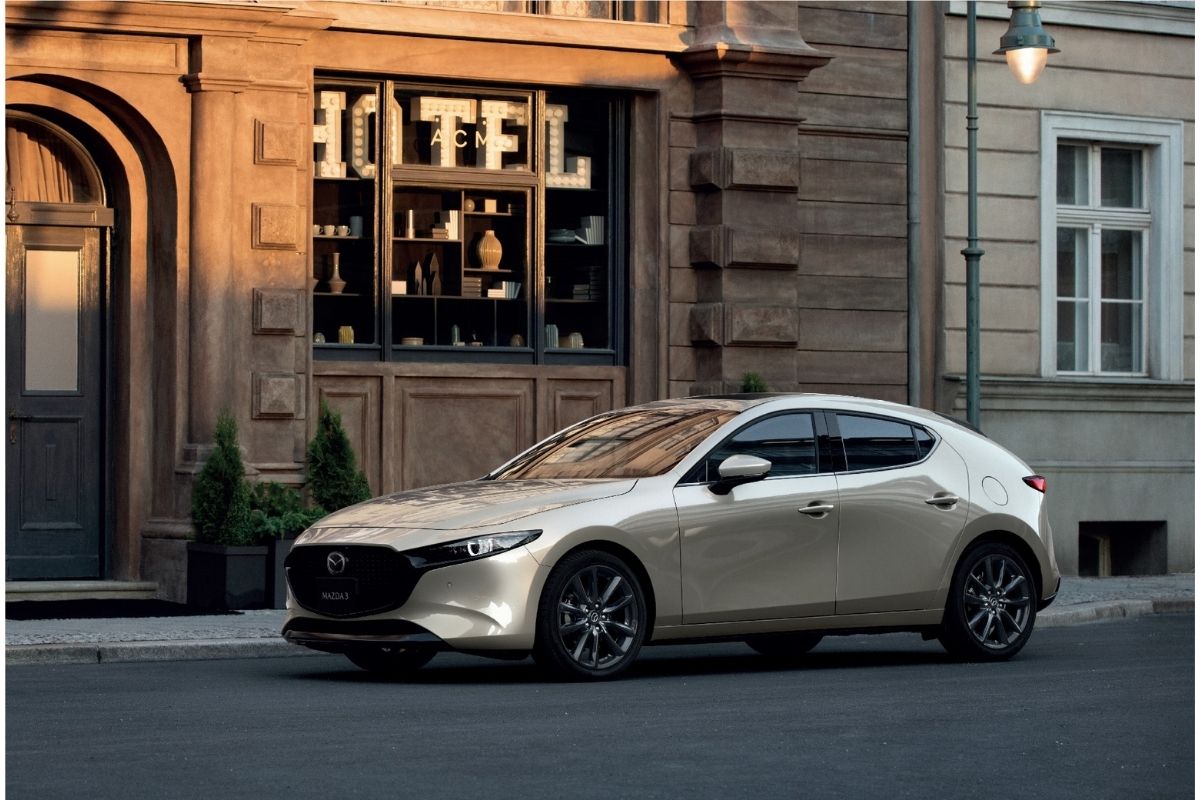
The 2022 Mazda 3 offers premium features in a package that is priced similarly to other compact cars. It is available in both a sedan and a hatchback body style, and buyers have the option of adding an all-wheel-drive system, a punchy turbo engine, and a sufficient number of upscale functionalities.
The Mazda 3 is available with a range of different four-cylinder engines, beginning with a 2.0-liter unit in the base sedan model. It’s only available with front-wheel drive and also has a horsepower rating of 155.
If you upgrade to the 2.5-litre four-cylinder with 186 horsepower, you’ll be able to order the all-wheel-drive system as an option; nevertheless, the 2.5-litre turbocharged engine with 250 horsepower is the one that most excites us.
A six-speed manual transmission is available to purchasers, although this option is only available with front-wheel drive. The appeal of the Mazda 3 hatchback lies in its one-of-a-kind design; nonetheless, the hatch’s wide backside reduces rearward view.
Despite all of the hubbub surrounding fuel savings, Mazda has not yet provided an actual figure for the Australian market. According to the New European Driving Cycle (NEDC), the hatchback has a manual transmission rating of 4.5 litres per 100 kilometers and an automatic transmission rating of 5.3 litres per 100 kilometers. The base price of this vehicle is $33,395.
9. Peugeot 208
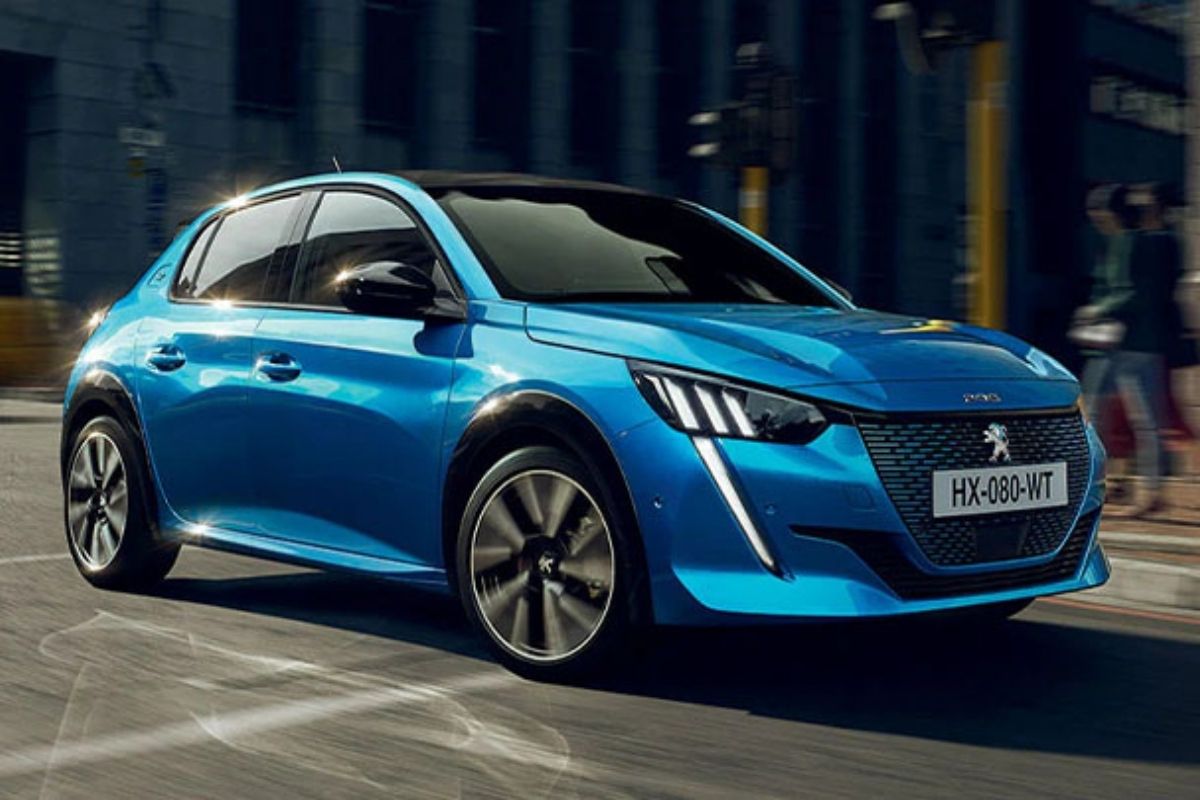
Since 2012, this particular generation of the 208 has been available in some form or another, and it is scheduled to be succeeded by a model from the 2nd gen in the not too distant future. The Peugeot 208 GT-Line is rarely bought because of the value it provides; rather, it is a sentimental purchase. It is common knowledge among consumers of the brand, and even Peugeot is aware of it.
The engine options include a 1.5-liter diesel with 99 horsepower, a 134-horsepower electric vehicle version, and a 1.2-liter three-cylinder turbocharged gasoline engine with either 75, 99, or 128 horsepower.
The GT-Line, on the other hand, looks the part, stays true to the original in terms of how much fun it is to drive, and will likely surprise most people with its expansive aspects and a respectable level of standard equipment. Therefore, even though it might be an emotionally driven purchase, it’s not necessarily a poor one.
The current price range begins at $21,990 for the Active and goes all the way up to $26,990 for the GT-Line. This includes all fees and taxes that are associated with driving on public roads. The claimed and combined fuel total for the 208 GT-Line is 4.5 liters per 100 kilometers, which sounds like it might be too high.
10. Suzuki Swift
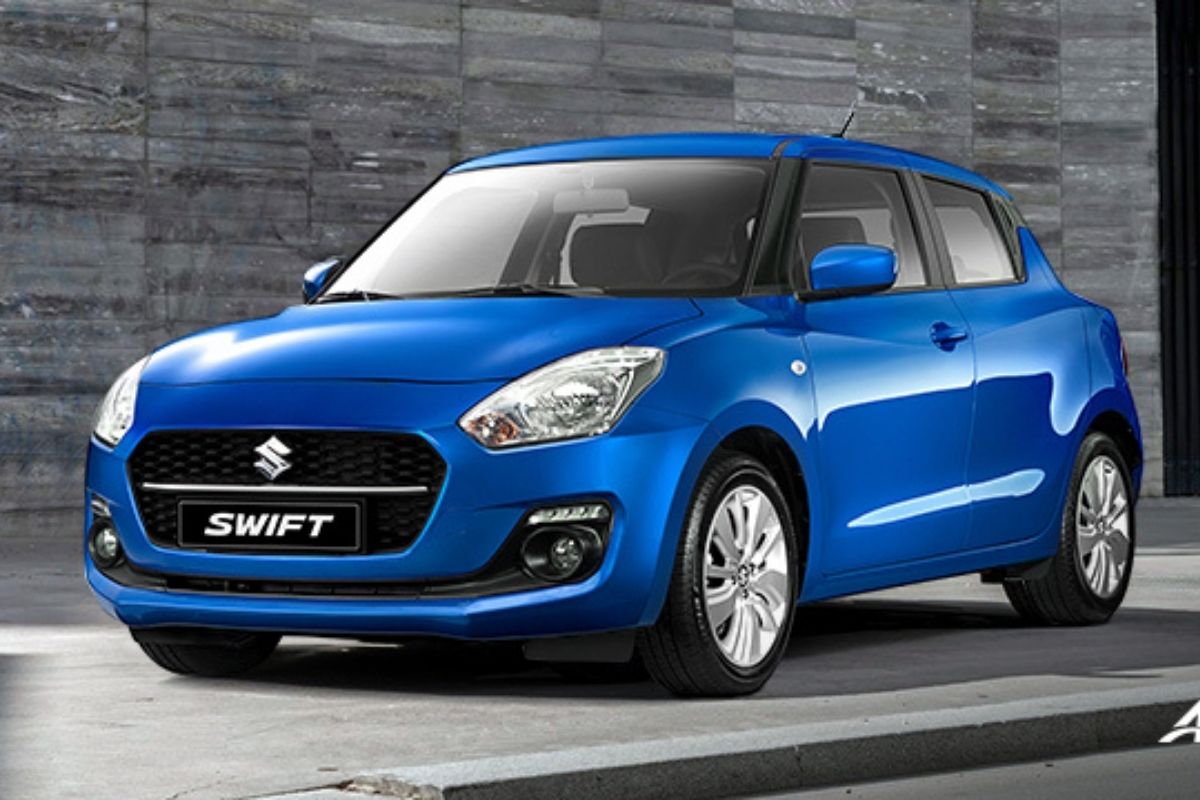
All models of the Swift are enjoyable to drive thanks to a supple chassis design, a decent performance that ranges up to fairly good from the 1.0-liter turbo, and a solid after-sales support system. When compared to the Kia Rio, the interior of the Swift is a bit more fitting with its price point.
The only things that stand out in the cabin are the attractive new patterned fittings on the seats as well as the pleasant leather steering wheel, which has a strangely flat bottom. Other than those, there is nothing else that is particularly captivating. The manual GL Navigator model of the Swift range begins at an MSRP of $18,990; adding the CVT automatic transmission costs an additional $1000.
The non-turbo 1.2-liter, four-cylinder engine in the Swift produces a very modest 66 kW of power and 120 Nm of torque. Despite having variable valve timing, there is not a lot of power available. Power is transferred to the front wheels through a continuously variable automatic gearbox, also known as a CVT, which allows Suzuki to get the most out of these figures.
At 5900 revolutions per minute, this engine generates a maximum power output of 102 PS (101 bhp – 75 kilowatts), and at 4100 revolutions per minute, it generates a maximum torque output of 133 Nm (98 lb-ft). The power is delivered to the surface of the road by the front-wheel-drive (FWD), which is paired with a five-speed manual transmission.
11. Toyota Yaris
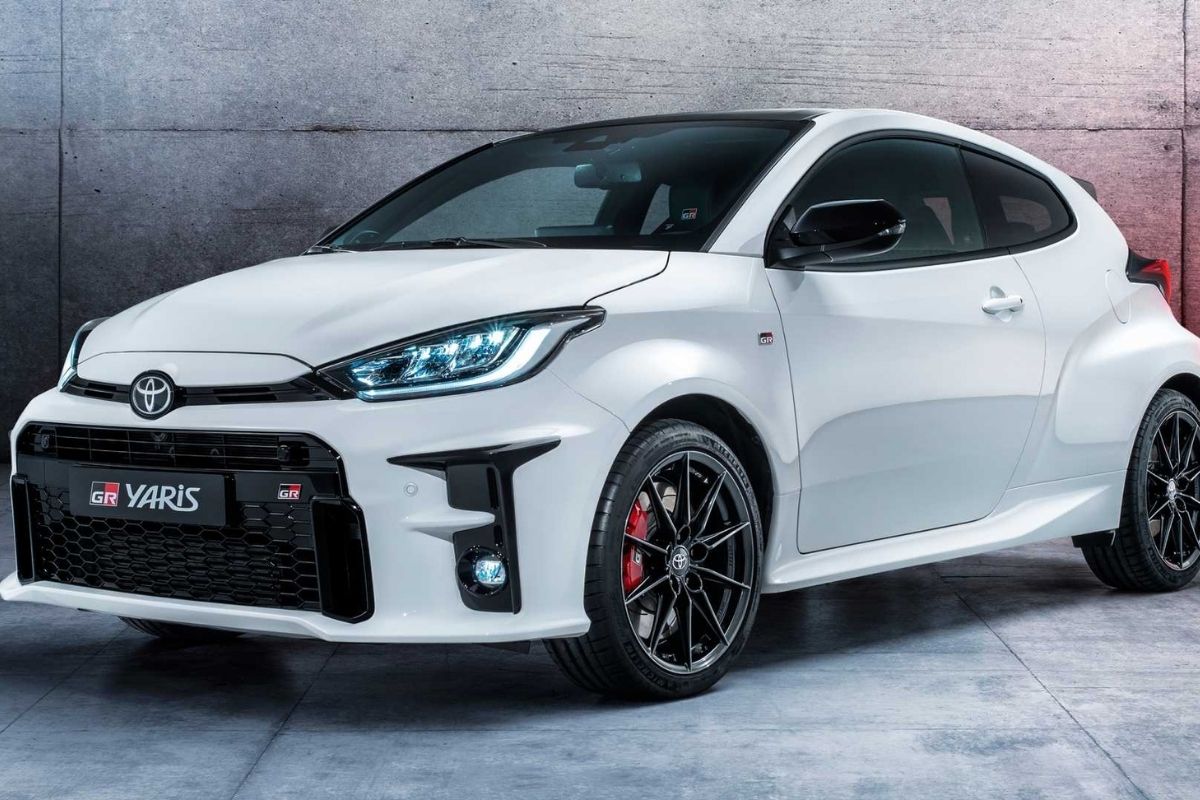
The Yaris is excellent in certain areas, great in others, and boasts strong safety standards; hence, it deserves a spot as one of Toyota’s best-selling vehicles. However, the most significant unanswered concern is whether or not the new pricing structure will prevent the achievement of those goals.
When you go inside, you are greeted by an interior that exudes a sense of quality; nevertheless, when you consider the price point, some creature comforts and materials with a gentle touch are noticeably absent. There is an abundant supply of plastic components, as well as the material that surrounds the doors of the high-end vehicles has the feel of being made of paper.
The Yaris is available with a 1.5-liter, three-cylinder engine that is capable of producing 88 kW and 145 Nm. This engine can be paired with either a six-speed manual gearbox or a continuously variable transmission (CVT) in the more expensive models of the car.
The hybrid system includes a lithium-ion battery as well as an electric engine, resulting in a total power output of 85 kW (Toyota has not yet specified the torque estimate), which implies that it is running a de-tuned variant of the 1.5-liter engine.
The innovative hybrid system comes with an all-electric driving mode, although Toyota is unable to say how many electric-only kilometers it will be capable of delivering at this point. The new Yaris is available in three different trim levels: the Ascent Sport, the SX, and the ZR.
The base model, which comes standard with a manual transmission and costs $22,130, ranges in price up to the hybrid-powered ZR, which goes for $32,100. This represents an increase in the starting price of about $7000, with the previous model’s most affordable choice being the $15,390 Ascent Manual, which represents a rise in prices of more than 40%.
12. Mini Cooper

The Mini Cooper is a wonderful option, particularly if you are looking for a driver’s car that can make sharp turns on a dime; nevertheless, the price tag can be quite steep. The interior of the Mini is endearingly quirky, but this comes at the expense of being user-friendly.
It comes equipped with a turbocharged 1.5-liter three-cylinder engine that can generate 134 horsepower and 162 feet of torque. One of the other engines is a turbocharged four-cylinder engine that is 2.0 liters in capacity and has 189 horsepower.
In addition to that, there is a turbocharged cylinder that produces 228 horsepower. There is not a single malfunctioning engine within this car. The four-cylinder engine is more powerful and contributes to quicker acceleration, but the three-cylinder engine in the base model is a good choice for day-to-day driving and feels peppier when it’s time to get going.
The starting manufacturer’s suggested retail price (MSRP) for the base Mini Cooper Hardtop 2 Door is $22,900. The Mini Cooper S will set you back $26,900, while the John Cooper Works will set you back $32,900. The two-door and four-door variants have lower starting prices, while the convertible JCW has a starting price of $38,900.
No matter how you look at it, the Cooper is one of the most pricey automobiles in its class.

